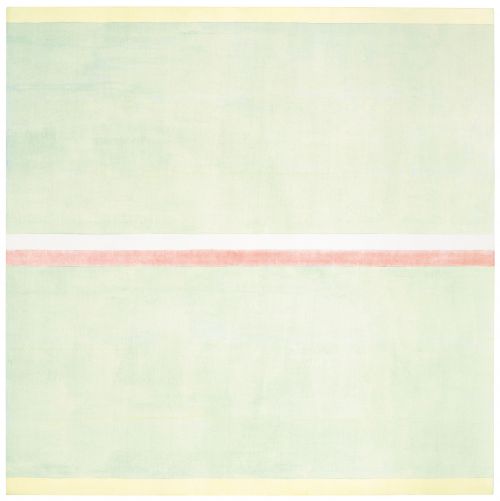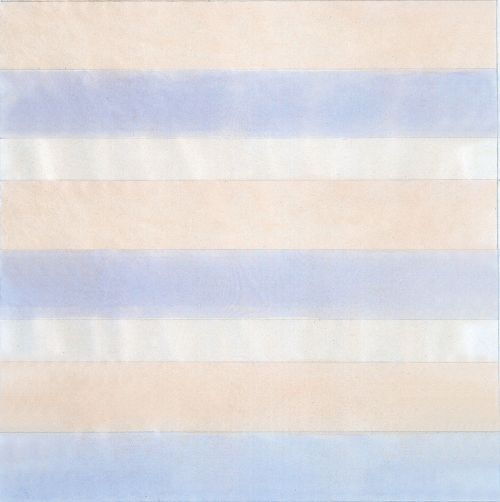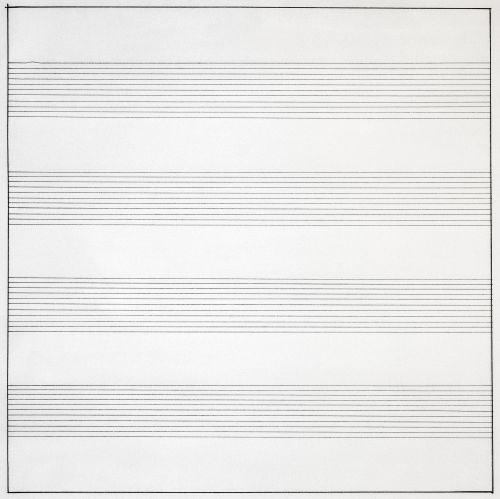Oh Comely are thrilled to collaborate with Art Fund to offer readers the opportunity to feed their curiosity 365 days a year, with a generous discount on National Art Passes.
Each card acts as a key, granting the user free or reduced entry into over 225 charged museums, galleries, castles and historic houses, as well as 50% reductions at major exhibitions including those at the British Museum, Tate, National Gallery and V&A.
Beyond the nation's favourites, however, lies a wonderful selection of lesser-known exhibitions which offer a range of new and compelling perspectives.
Get three months access for just £10 here, or read on to hear more about our favourite off-beat exhibitions to look out for in 2016.
1. The Fallen Woman
The Foundling Museum, London
25 Sep 2015 – 3 Jan 2016, Free Entry with a National Art Pass
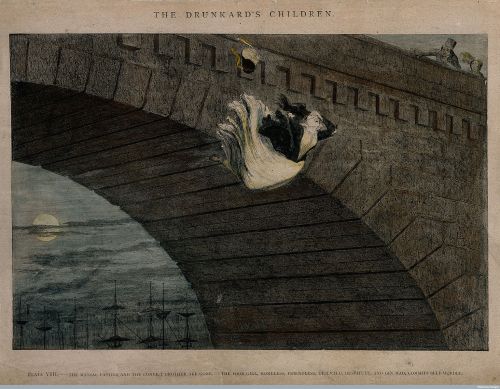
Often forced out of her home or workplace into destitution, prostitution or suicide, the 'fallen woman' was a popular theme in 19th century art and literature as Victorian moralists warned against the consequences of losing one’s virtue. The heartbreaking stories of these women’s lives, told through original testimonies and small tokens left behind by desolate mothers, are presented alongside mythologised images found in prints and illustrations of the time. An important exhibition.
2. Pierdom: Photographs of Britain's Piers by Simon Roberts
Brighton Museum and Art Gallery
3 Oct 2015 - 21 Feb 2016, Free Entry with a National Art Pass
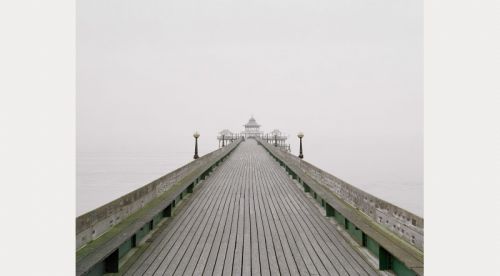
For Brighton local Simon Roberts, piers are an evocative symbol of our national identity. A century ago over 100 were dotted around the British coastline, yet today less than half remain standing. His project celebrates 'the personality, architecture and history' of the remaining structures, as well as some of the spaces where piers used to be seen. Also displayed are items from the museum’s local history archive focused around seaside memories, while visitors are encouraged to contribute their own anecdotes.
3. Death: The Human Experience
Bristol Museum and Art Gallery
24 October - 13 March 2016, Free entry with a National Art Pass
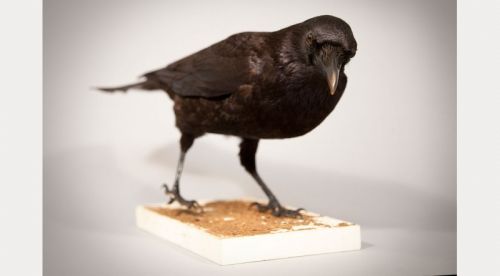
In an attempt to de-mystify the ultimate mystery, Bristol museum presents hundreds of ecletic objects – from a Ghanaian fantasy coffin to a Victorian mourning dress – all of which examine approaches to mortality from the earliest human societies to the modern day. The exhibition is accompanied by a series of compelling talks, discussing topics such as euthanasia and the commodification of the end.
4. The Crime Museum: Uncovered
9 October - 10 April 2016, 50% off Entry with a National Art Pass
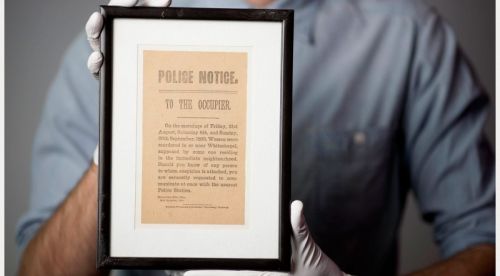
Take an uneasy journey through some of the UK’s most notorious crimes, from Dr Crippen to the Krays, the Great Train Robbery to the Millennium Dome diamond heist. Since its establishment by serving officers in the mid-1870s, the Crime Museum has previously only been open to police professionals and invited guests. Now, using original evidence from this extraordinary collection, real-life case files are unlocked for public viewing, personalising what is so often depersonalised.
5. Works to Know by Heart: An Imagined Museum
20 Nov – 14 Feb 2016, 50% off entry with a National Art Pass
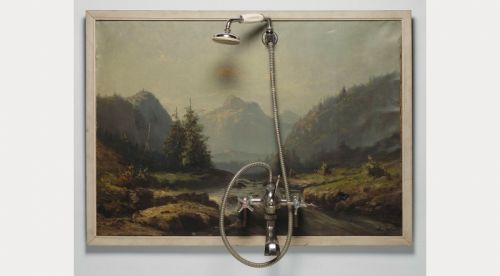
This exhibition draws from Ray Bradbury's 1953 sci-fi novel, Farenheit 451. Tate Liverpool has created the fictional scenario in which the works of art on display are about to vanish and visitors are asked to commit them to memory. After this they are invited to a performance space where they can represent the works they believe should be remembered forever. Includes works by Duchamp, Sigmar Polke, Bridget Riley, Andy Warhol and Rachel Whiteread.
Oh Comely readers can enjoy an incredible three month National Art Pass for just £10. Visit artfund.org/discoverart today until 31st January 2016 to quench your creative thirst, and for full terms and conditions on the offer.
This post is sponsored by Art Fund.
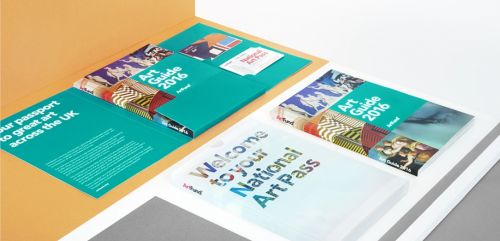
Images (Top-Bottom): Wellcome Library, Simon Roberts, Bristol Museums, Galleries and Archives, Museum of London, Pompidou/MNAM-CCI, Art Fund.


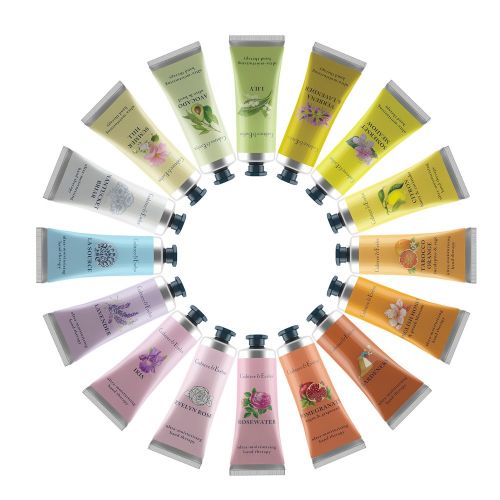
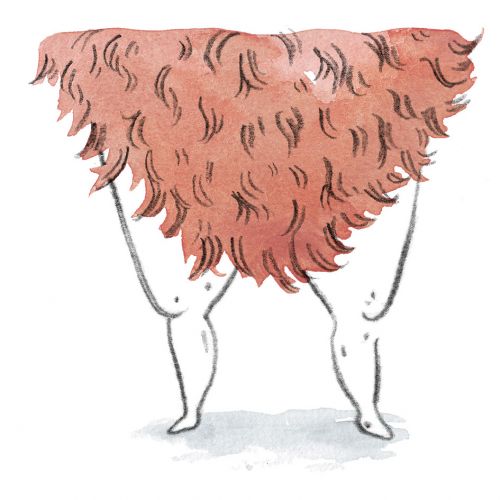
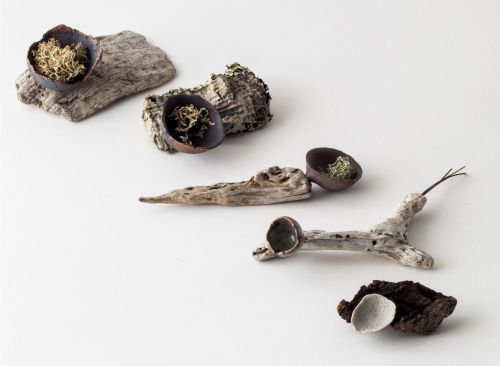
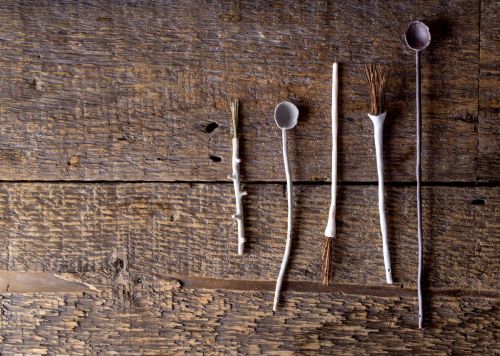
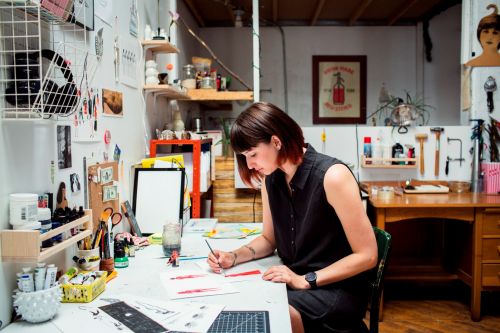

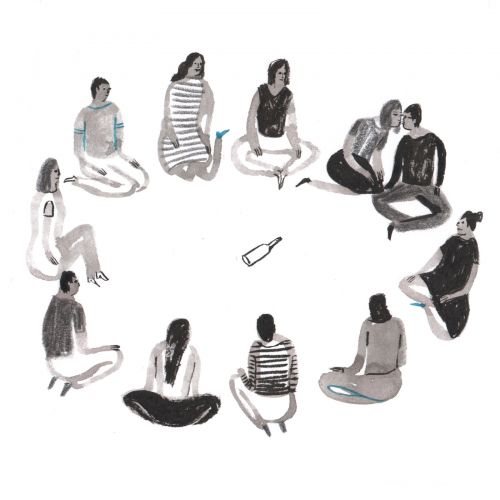 Kaye's illustration of Spin the Bottle, published in Issue 26.
Kaye's illustration of Spin the Bottle, published in Issue 26.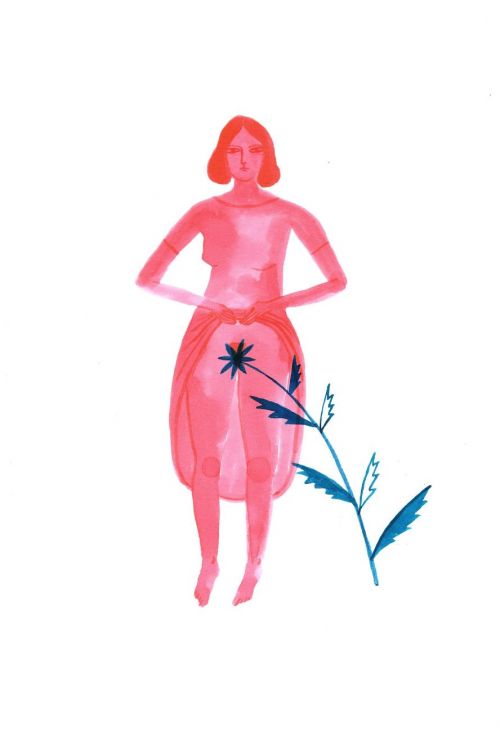
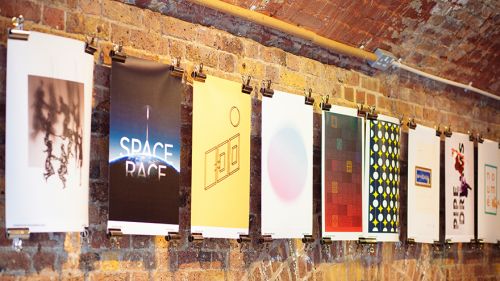
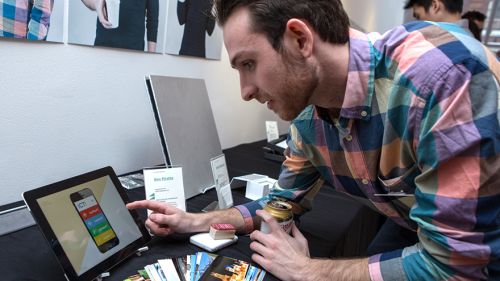
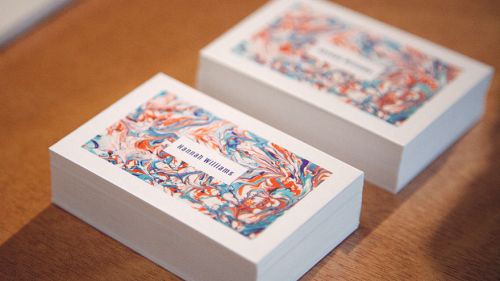
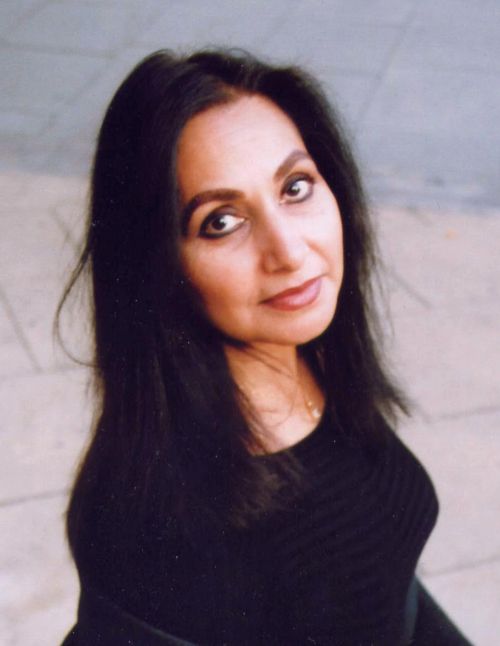

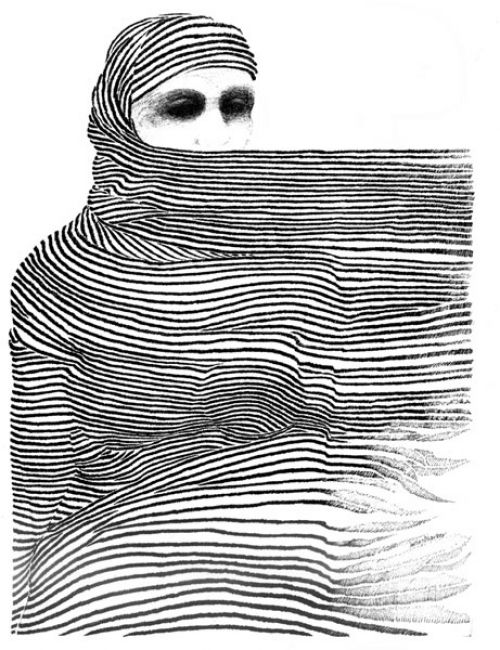 You also explore the idea of home and what it means in your poetry, often alternating between spaces and countries, as in They’ll Say: She Must Be From A Different Country. Why does the idea of home fascinate you?
You also explore the idea of home and what it means in your poetry, often alternating between spaces and countries, as in They’ll Say: She Must Be From A Different Country. Why does the idea of home fascinate you? 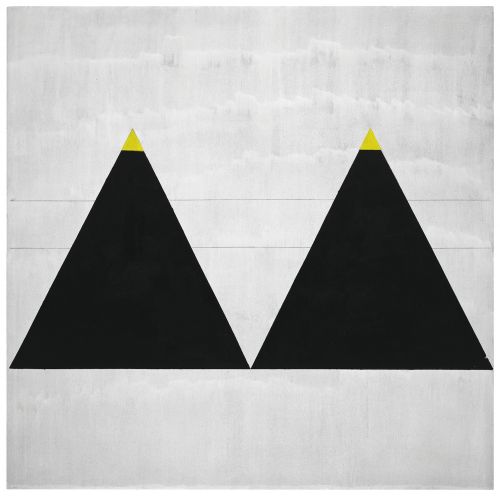 Agnes Martin, Untitled #1, 2003
Agnes Martin, Untitled #1, 2003